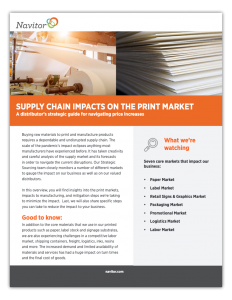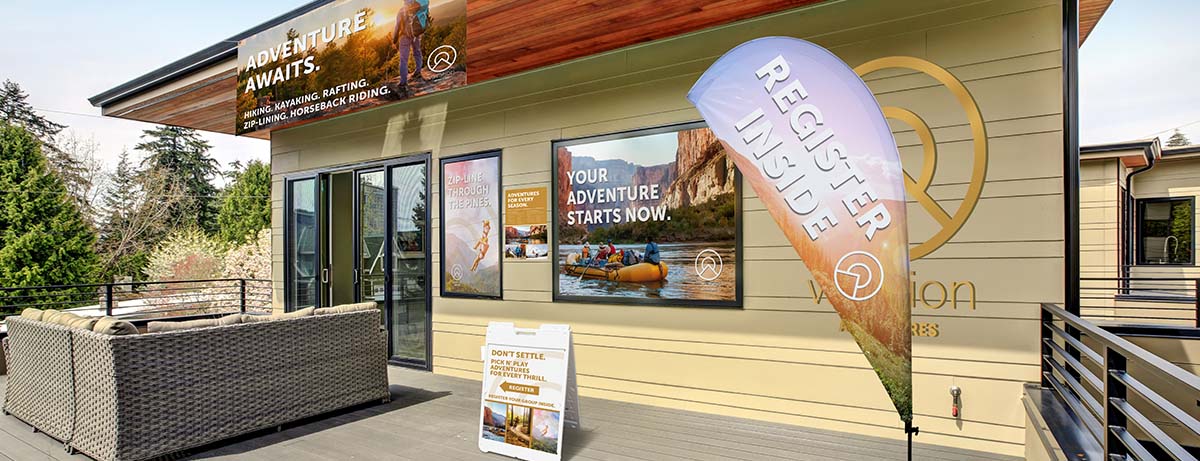
Positivity is taking off as the travel industry shows signs of not just recovering, but growing stronger than ever. Roger Dow, CEO of the U.S. Travel Association offered an optimistic outlook for the industry in a recent State of the Travel Industry address, stating, “We will bounce back much more quickly than economists predict, because of a robust policy agenda and a clear strategy.” That strategy, he said, includes strengthening the workforce and restoring jobs; facilitating seamless and secure travel; highlighting the future of travel mobility; prioritizing sustainability; and focusing on diversity, equity, and inclusion “to create an industry that works for everyone.”
Dow’s strategy cannot be accomplished without the utility of print to communicate, inform, promote and highlight. Consider the industry’s major priorities such as helping travelers to feel safe, and emphasizing sustainability and commitment to the environment. Each requires printed materials that highlight protocols and illuminate promises.
What the data tells us
We spent a little time diving into the research data and discovered what’s trending within the travel industry these days. MMGY Travel Intelligence reports that 71% of U.S. adults plan to take a domestic vacation in the next six months. Destination Analysts echoes the optimistic outlook revealing that more Americans than ever – since the onset of the pandemic – plan to take at least one leisure trip in the next 12 months (93.3%). Nearly half of American travelers say that travel will be a high priority in their budget over the next 3 months and the mean reported annual travel budget is $3,746. In the U.S., high-income households are saving 10-20% more now than before the pandemic and such people are eager to spend their money on travel.
Keeping it clean
Consumer demand for increased COVID-19 safety and cleanliness can be found in abundance across survey responses. Regaining the trust of travelers after global contagion means airlines and hotel companies need to demonstrate that the physical well-being of customers and employees alike is a top priority. There are numerous ways travel companies can put their customers at ease through the utility of print:
- Providing assurance that accommodations have been thoroughly cleaned and sanitized with custom Post-it® Notes
- Communicating passenger safety requirements for vehicle rentals and public transportation with Repositionable Window and Wall Decals
- Using Door Hangers for parking passes or to make no-contact housekeeping requests
Bucket-list worthy
More than ever, travelers are craving meaningful experiences. Fewer and fewer people may be settling for commonplace vacation activities in the coming years. Instead, “consumers [will] pursue authentic experiences, distancing themselves from mainstream tourism providers and venturing into pastimes that feel more meaningful.” Print helps make the experience more memorable:
- Adding a personal touch with a handwritten welcome or thank-you note on a folded Note Card
- Using variable data to personalize Direct Mail pieces with the recipient’s name and travel preferences
- Making use of QR codes on Marketing Materials to drive the user to websites or social media pages for current promotions, weather conditions or online booking
But is it eco-friendly?
Travelers are also getting serious about sustainability. 83% of global travelers think sustainable travel is vital, with 61% saying the pandemic has made them want to travel more sustainably in the future. According to Booking.com, 81% of travelers say they want to stay in a sustainable accommodation in the upcoming year. Once again, print is an informer and a problem-solver:
- Highlighting eco-friendly practices in marketing materials such as full-color Trifold Brochures or Presentation Folders with Stepped Inserts
- Choosing recycled or recyclable stocks for custom printed products whenever possible – and stating so on the product
- Using Full Color or Engraved Signage to direct guests to recycling receptacles – and to encourage other eco-friendly behaviors during their visit
The takeaway
The travel industry is ripe for growth. The strategy is set. The travelers are ready, and they have an agenda. This is where your consultative sales skills enter the scene. Understanding your travel industry customer’s priorities and their market challenges allows you to respond with a slam dunk. To aid in your process, we’ve created The Marketing Field Guide to Travel & Leisure, which focuses on three top segments of the travel industry – Accommodations, Experiences, and Transportation. This booklet is full of customer insights, useful data, product suggestions and marketing ideas. You can find the Travel & Leisure booklet on our Travel & Leisure page along with a Travel & Leisure Industry Dollop, a Travel & Leisure Social Toolkit, and Marketing Images to help you promote your solutions and engage with your customers in the travel industry.
We’re here for you
Ready to jump-start selling into specific industries? Our monthly content calendar offers sales and marketing materials you can use to email your customers, post on your social pages, take with you to a presentation, mail directly, present via virtual meeting and more. Included are links to support materials such as marketing flyers, product images, and valuable content that you can use as-is or create your own custom messaging.


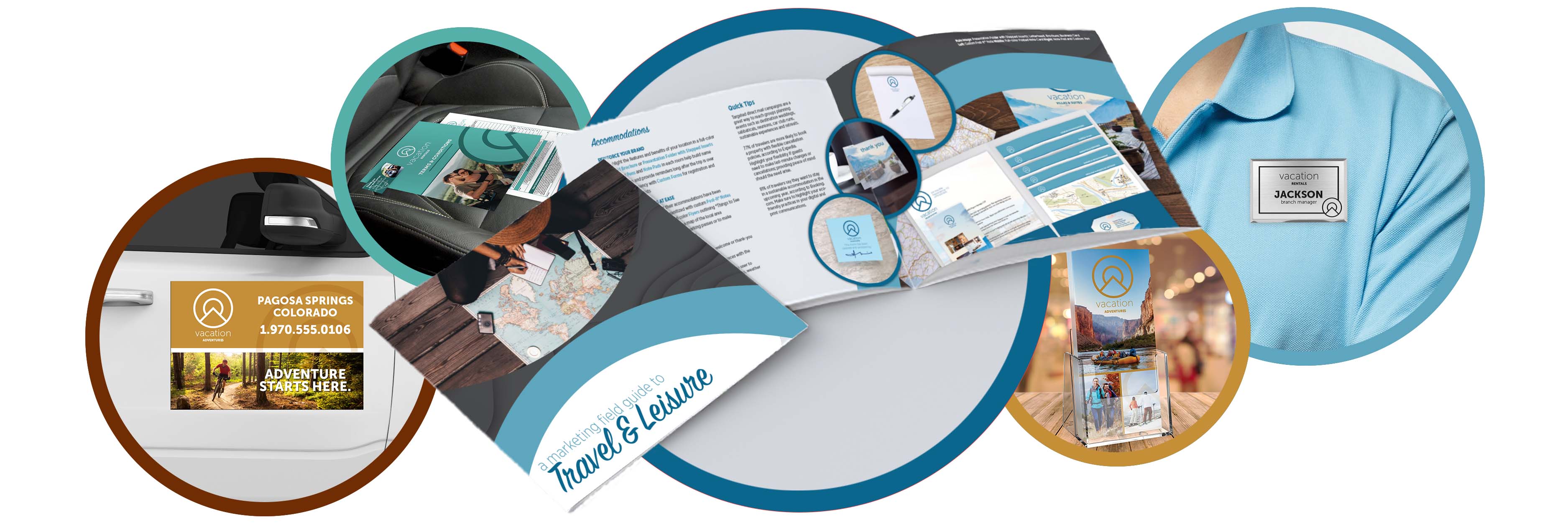

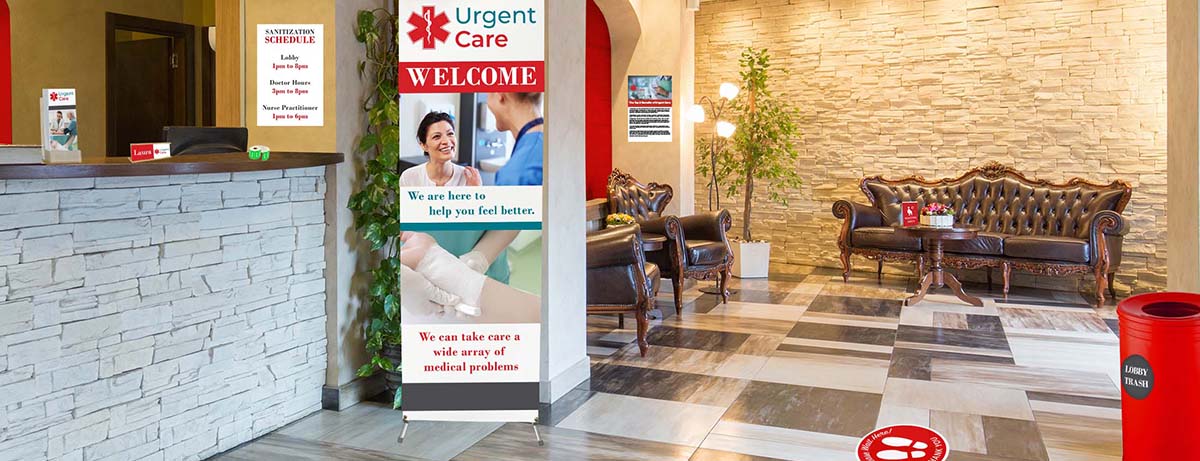

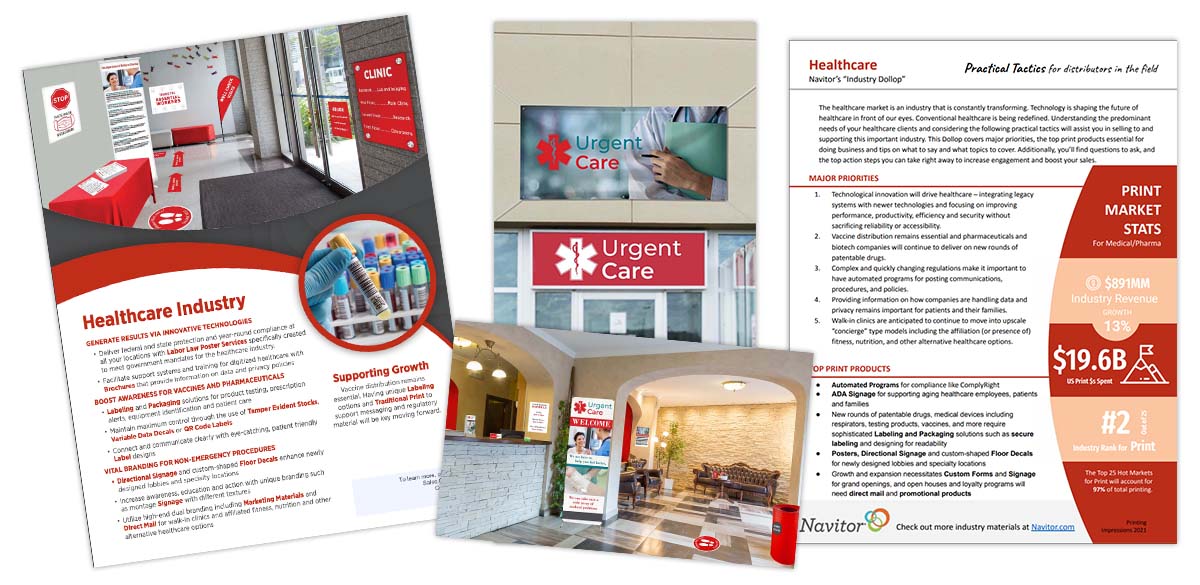

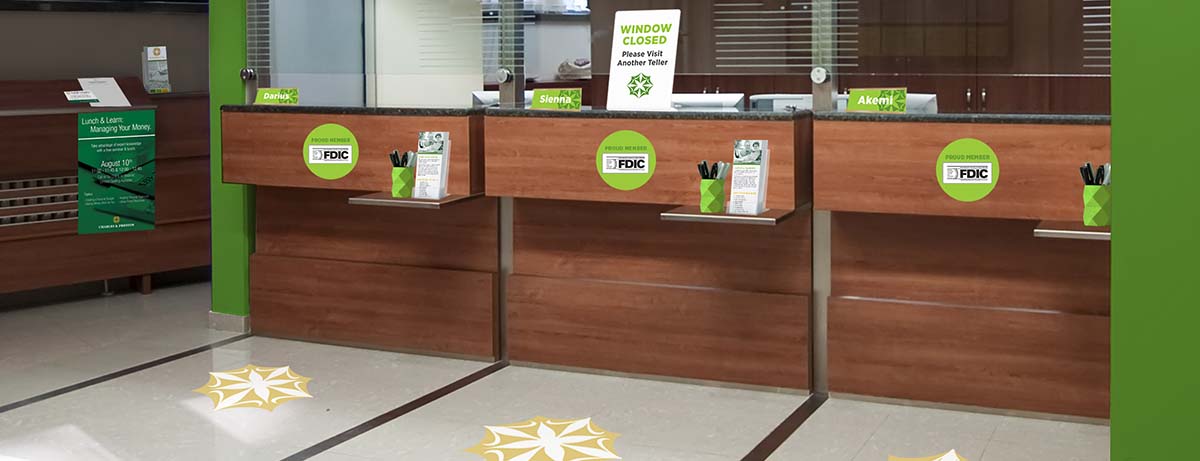

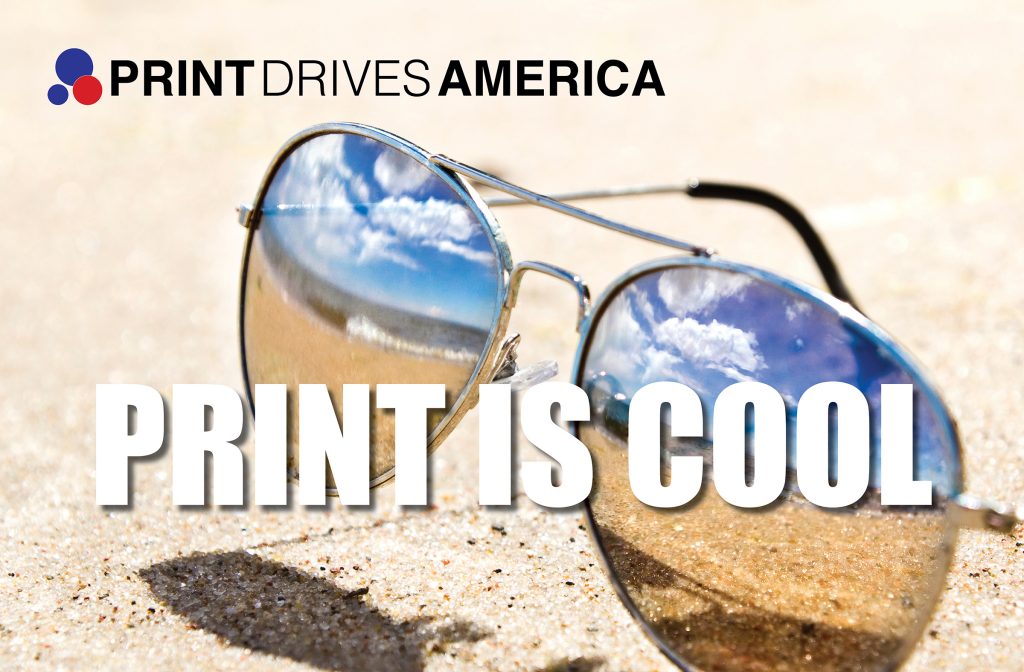
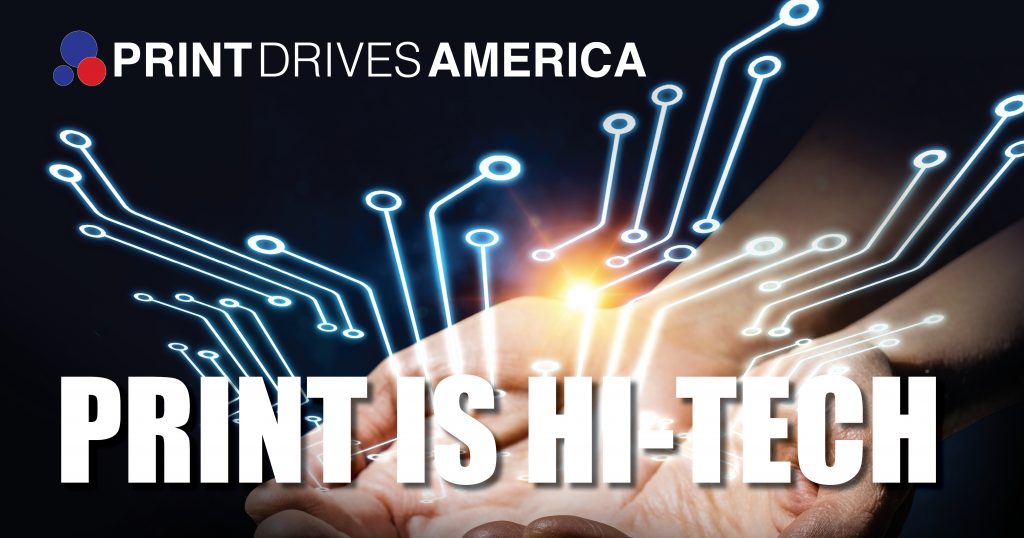

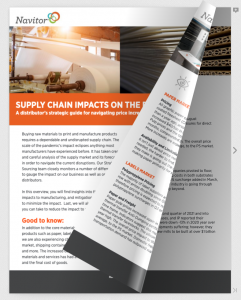 Always here for you
Always here for you
